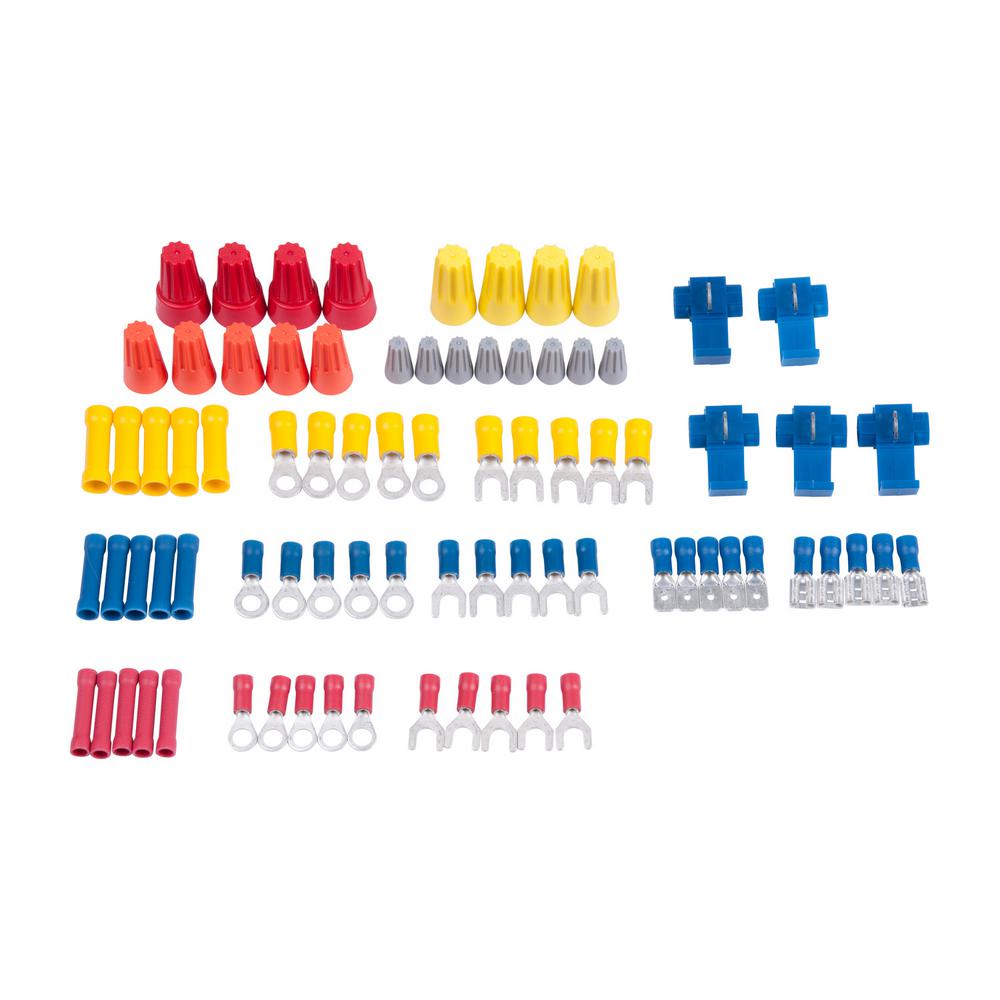Solderless connections are best in instances where you do not need high reliability. Such as components that need to be unplugged or replaced once in a while or that you expect to change in the near future. In case of wires and cables, if they will be under high stress getting plugged and unplugged frequently, soldered is the way to go.

